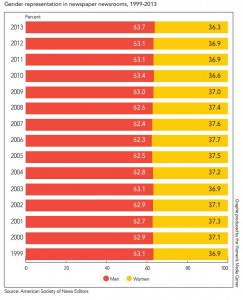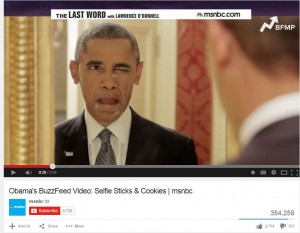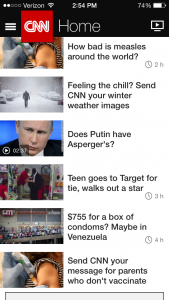By SAMANTHA COHEN
For the past week, news organizations around the world have been covering the ongoing Syrian refugee crisis in Europe, all of which are highlighting the differences among countries who either welcome these desperate migrants or those who don’t. More recent news stories have been covering the somber deaths and despair of these refugees. These stories have brought up the issue as to whether or not the U.S. should be doing more in its efforts during this European crisis.
What I found most interesting about this coverage is that, it lies parallel to the ongoing issues our country is debating at the present time during the 2016 political campaign. I’m talking about the controversial issue of the Mexico and U.S. border. News coverage has been all over this issue but we are seeing that the biggest migrant crisis is not happening in the U.S., but the European Union.
One story in particular drew attention to the migrant crisis in Europe not only for me but the entire country. Images of a 3-year-old refugee washed ashore lifeless. I found it inhumane to post these images for the world to see. While others had hoped that the images of the boy would be a turning point in the debate over how to help during this crisis.
This issue brings up the debate on what one will do in order to send a message. This crisis has spurred a variety of responses throughout its coverage. Many news organizations from The New York Times, The Wall Street Journal has been debating on whether or not to use the jarring images. Its editors opted to go for a less jarring image, but one that was powerful and brings enormity to the tragedy. This has been and issue for news publications since the beginning. How far can you go for a story without it being offensive, yet will create an impact and emotion? We will continue to see more images and news on this crisis. It will be interesting to see the different opinions on this issue in the coming weeks.







